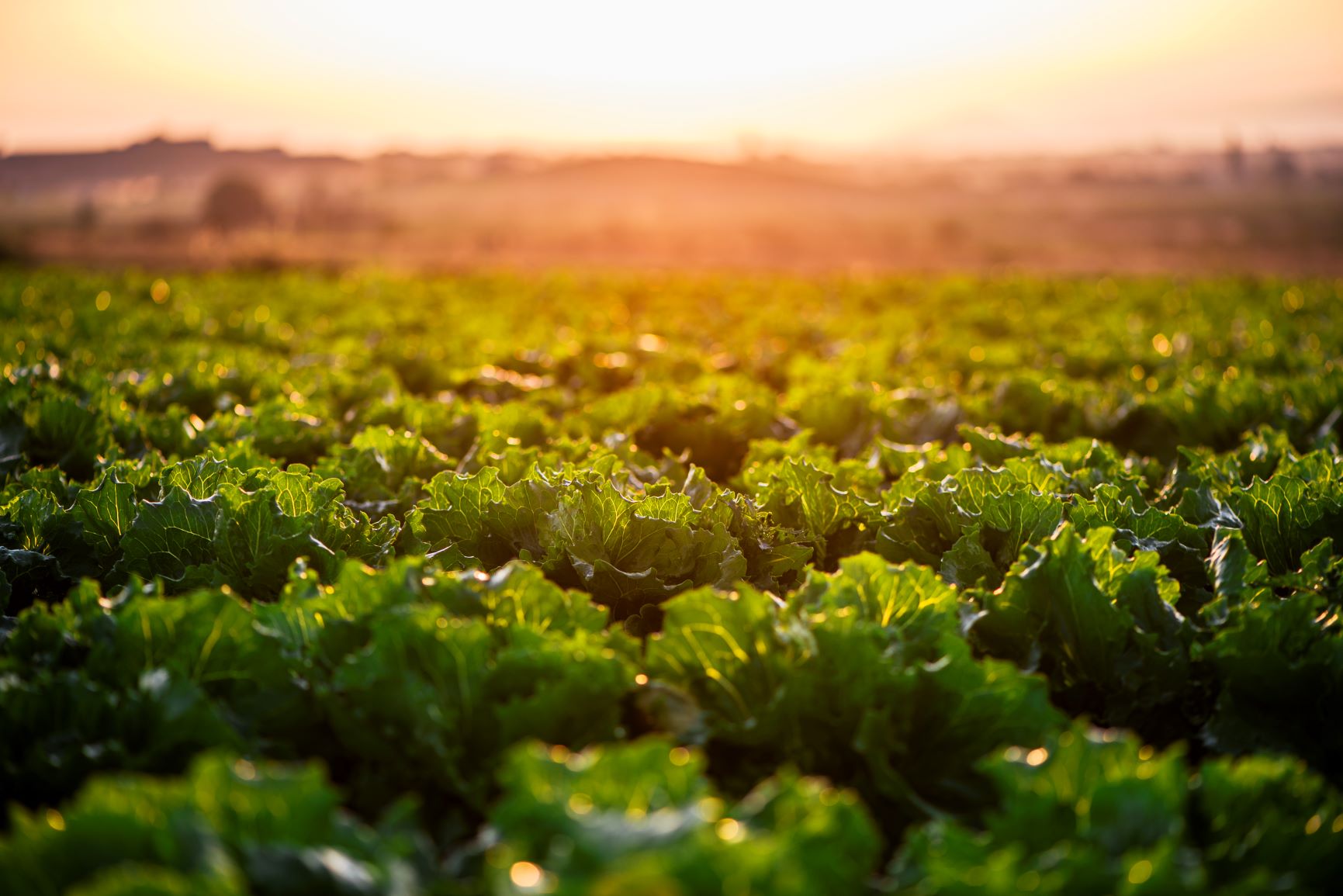How can you safely contribute to feeding a growing population and care for our planet?
Agriculture is responsible for about a quarter of global greenhouse gas emissions. About half of these emissions come from land use change, particularly turning forests and wetlands into farmland. Emissions from the production and use of nitrogen fertiliser amount to less than 2% of total emissions.
As one of the world’s leading manufacturers of nitrogen fertilisers, Yara is committed to becoming carbon neutral by 2050. We’ve already reduced the carbon footprint of our nitrate fertiliser production by 40% by making our production plants and processes among the most energy-efficient in the world. Our ongoing development of ‘green’ ammonia technology and climate-smart agricultural practices means we’re on track to reduce emissions by another 30% within a decade.
Using quality nitrate fertilisers from Yara can reduce your carbon footprint
Our ammonia plants are energy-efficient and continuously improving leading to lower natural gas consumption and less carbon dioxide emissions. Our nitric acid plants are among the best for greenhouse gas emissions thanks to the development and adoption of catalyst technology. This technology significantly reduces emissions of nitrous oxide – a potent greenhouse gas – associated with the production of nitric acid.
The carbon footprint of urea production in Russia and China (assuming 75% of plants are coal-powered and 25% are gas-powered), is 25% and 126% higher, respectively, than in Europe.1,2
Likewise, the carbon footprint for NPK fertilisers produced in Russia and China is 72% and 141% higher, respectively, than in Europe.1,2
The benefits of switching to a nitrate-based solution are simple for you and our planet: cleaner air, healthier soil and cleaner water.
Lower emissions, cleaner air
Fertiliser contributes to total emissions from agriculture: greenhouse gasses that lead to global warming, and ammonia that creates air pollution.
Whilst ammonia emissions from fertilisers are a relatively small proportion of the total ammonia emissions from agriculture, they are more easily controlled. Why are ammonia emissions in focus? Ammonia has a negative impact on air quality and human health. The treatment of human health-related respiratory issues linked to ammonia emissions has a monetary consequence, with a cost burden estimated to be more than 6 billion euros per year in Europe.
We are committed to helping reduce the carbon footprint of agriculture by continuing to develop solutions that aim to reduce greenhouse gasses and improve air quality by lowering ammonia emissions.
Over the past 6 years, we have reduced N2O (a strong greenhouse gas) emissions in our production of nitrate-based fertilisers in Norway by 85%. Our ambition is to be carbon neutral by 2050.
Healthier soil and cleaner water
As nitrogen supply can vary across fields, supplying fertiliser in exact quantity is essential to giving your crop the precise nourishment it needs. Apply too little, and your crops will suffer. Apply too much, and excess nitrates will remain in the ground that may further leach into the groundwater. Our nitrate-based solutions combine our extensive agronomic knowledge with tools and products that actively reduce the risk of nitrogen overload and leaching while maintaining optimum yield.
One additional benefit of nitrate-based fertilisers is that they have a lower acidifying effect, maintaining a healthier soil pH for soil microflora.
Choosing nitrate-based solutions for your farm is a simple way you can positively affect human health by improving air quality, and slowing global warming, by reducing the carbon footprint per ton of food produced. Together, farmers and Yara can achieve our shared goal of producing more yield while reducing emissions.
1. Brentrup, F., Lammel, J., Stephani, T. (2018). Updated carbon footprint values for mineral fertilizer from different world regions. 11th International Conference on Life Cycle Assessment of Food 2018 (LCA Food) 17-19 October 2018, Bangkok, Thailand.
2. Hoxha, A., Christensen, B. (2018). The Carbon Footprint of Fertiliser Production: Regional Reference Values. Proceedings 805. International Fertiliser Society Conference 8 May 2018, Prague, Czech Republic.
Future proof your farm
Find out how your farm can become more productive and sustainable by future proofing your resources and our planet.
Related articles
Read more about green ammonia initiatives being conducted by Yara via the Yara International website.
Yara and ENGIE to test green hydrogen technology in fertiliser production
Ørsted and Yara seek to develop groundbreaking green ammonia project in the Netherlands


























































